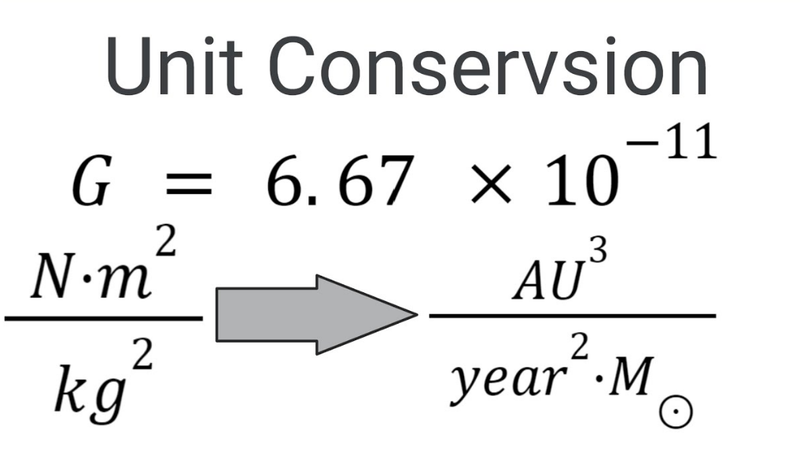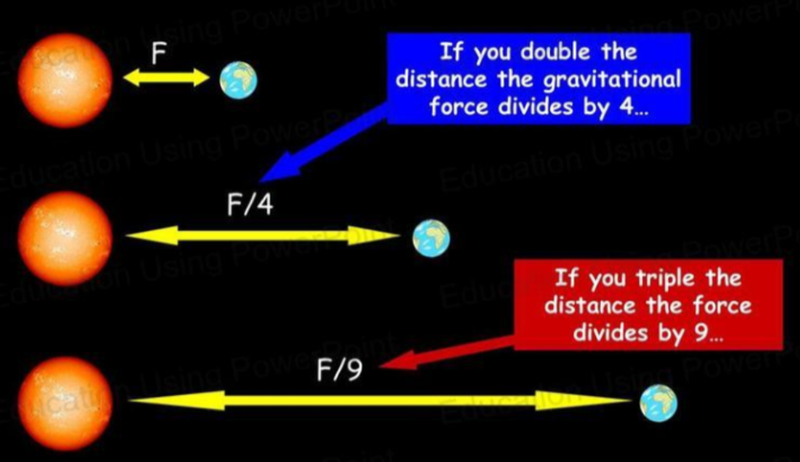- Isaac Newton, not wanting to miss out on the fun of orbits and gravitational fields, created several laws of his own.
Newton's Universal Law of Gravitation
- Anything with mass attracts anything else with mass.
- The size of that attraction is given by Newton's universal law of gravitation.
"The gravitational attraction between two objects is proportional to the product of their masses and inversely proportional to the square of the distance between them."
- This law can be mathematically given as:

- Where F is the gravitational force in newtons exerted by an object, and m is the mass in kilograms.
- r is the distance between two objects in meters and G is the universal gravitational constant.

- If you struggle to remember the units for the constant G, keep in mind that the units of G should cancel out with the units of the rest of the equation to only leave Newtons.
- Thus when G is multiplied with kg²/m² only newtons should be remaining.
- The law is applicable to all masses, yet treats them as point masses, which are masses with no volume, being concentrated to just a "point".
- This is based on the idea that separated objects attract one another as if all their masses were concentrated in a point at their center.
The Inverse Square Law
- From Newton's law we can see that the gravitational force decreases exponentially with decreases in radius, as the equation is divided by the r².

Sources
https://en.wikipedia.org/wiki/Newton%27s_law_of_universal_gravitation
https://www.slideserve.com/yank/newton-s-law-of-universal-gravitation